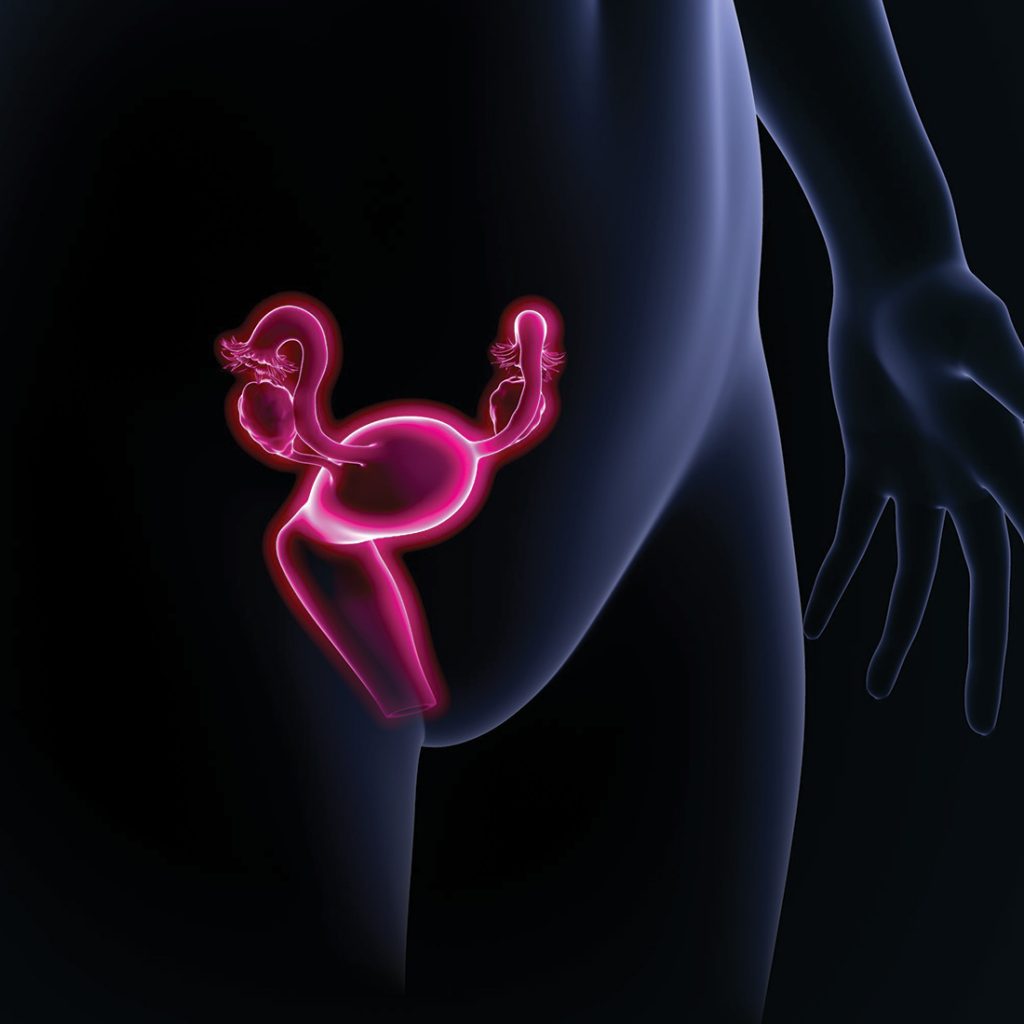
Vaginitis is a general medical term used to describe an infection or inflammation of the vagina. Common symptoms include burning, itching, swelling and, occasionally, an unpleasant odour. There are bacteria and yeast cells residing in a healthy vagina. This balance can be upset by hormonal changes, pregnancy and breastfeeding, intercourse, and the use of antibiotics and douches. Here are six of the most common causes of vaginitis.
1. Yeast infection
This is caused by a species of fungus called Candida, which exists in small numbers in the vagina, mouth and digestive tract. Yeast thrives in a warm, moist environment; an overgrowth of yeast often results in a thick, white, cottage cheese-like discharge. This usually makes its presence felt by itching and redness of the vagina and the vulva, and makes intercourse painful. While over-the-counter treatments are available, if symptoms persist after the first course is over, it would be helpful to seek medical advice to ensure a proper diagnosis before further self-treatment, as the cause could be one of the other culprits below.
2. Bacterial vaginosis
One of the species of bacteria living in the vagina is a good type called Lactobacilli. When their numbers get too low and the balance is upset, bad bacteria will proliferate and cause bacterial vaginosis. As the problem carries on, there is associated greyish white or yellow vaginal discharge, whose odour can be particularly fishy. Causes include:
- Having more than one, or a new, sex partner
- Using vaginal douches
- Smoking
Left untreated, bacterial vaginosis can increase the risk of pelvic infections, miscarriage, early delivery and uterine infection after pregnancy. Having bacterial vaginosis coupled with exposure to a sexually transmitted infection also increases the likelihood of catching it. Treatment for bacterial vaginosis includes taking antibiotics for about one week.
3. Trichomoniasis
This is a common and curable sexually transmitted disease in young, sexually active people of both sexes. It is caused by a parasite called Trichomonas vaginalis. In women, it results in greenish-yellow, frothy vaginal discharge with a strong fishy odour, painful urination, itching and irritation, and discomfort during intercourse. In rare cases, it can cause lower abdominal pain. If diagnosed, it is important that both you and your partner are treated with antibiotics to prevent reinfection and the spreading of the disease.
4. Chlamydia
This is a common sexually transmitted disease that spreads easily because it usually has no apparent symptoms. When it does show symptoms, these include odorous vaginal discharge, bleeding between periods, painful periods, abdominal pain with fever, pain when having sex or urinating, or itching or burning in the vaginal area. Antibiotic treatment is effective in clearing up chlamydia. Though it may seem harmless, untreated chlamydia infection can damage the reproductive organs, cause premature births, and lead to eye infection, blindness or pneumonia in babies born to mothers with the infection.
5. Human Papilloma Virus (HPV)
HPV can lead to the development of microwarts, which can be very itchy, especially around the time of the menstruation. When one has repeated treatment with antifungal medication for vaginal itch with no relief, then one has to consider viral causes. Genital warts are caused by low-risk strains of the HPV. Treatment with antiviral creams can effectively lead to relief, but diagnosis is key to getting the right treatment. Young girls can be vaccinated against HPV 6 and 11, which are the common strains that lead to genital warts.
6. Non-infectious vaginitis
This occurs when the vagina becomes sensitive to an irritant, such as perfumed soaps, fabric softeners or even condoms. Removal of the irritant will lead to a cure. The important thing to note is — while over-the-counter medications are easily available for self-treatment — one should not persist with these medications if the symptoms do not abate after a week. One should seek the advice of a gynaecologist to determine the cause. The challenge is not only the diagnosis, but also the correct mix of treatment, probiotic supplementation and practice of vaginal hygiene to eliminate the cause and prevent recurrence. Occasionally, an underlying medical issue will be found, such as diabetes or vaginal atrophy due simply to age.






